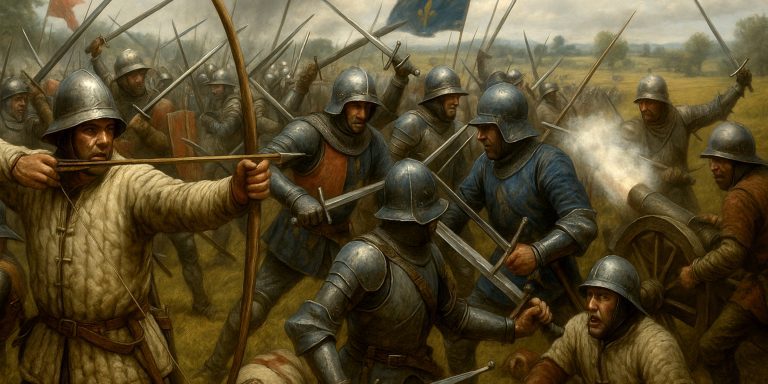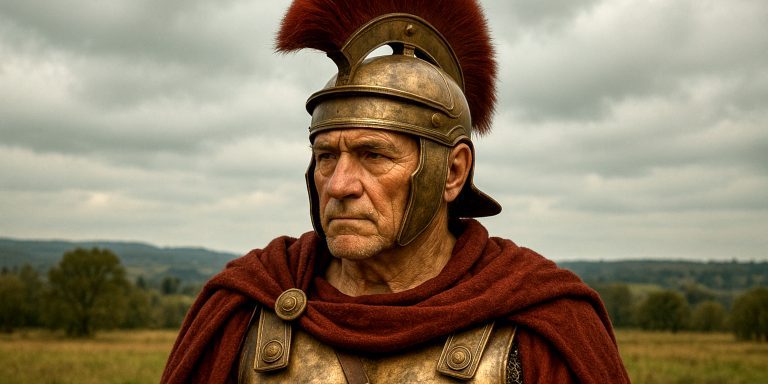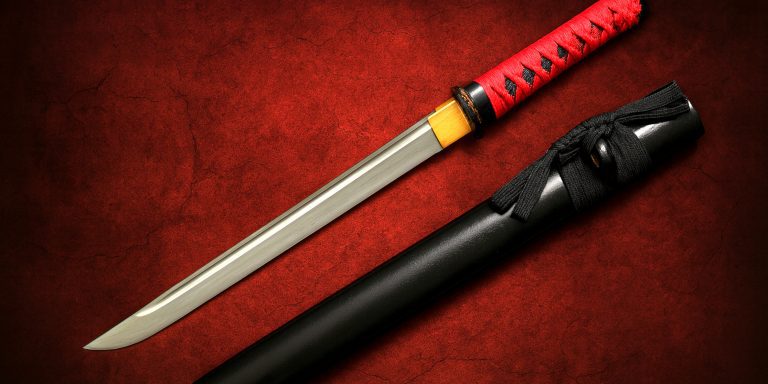
Sun Tzu, also spelled Sunzi, is traditionally credited as the author of The Art of War, one of the most influential military treatises ever written. Despite the global fame of his name, the historical figure behind it remains elusive, with debate continuing over when and even if he lived as described. Nonetheless, the doctrines attributed to him helped shape not only Chinese warfare but also military thinking across Asia and far beyond.
Historical Background
Sun Tzu is usually placed in the late Spring and Autumn period of Chinese history, around the 5th century BC, and associated with the state of Wu. According to Records of the Grand Historian (Shiji) by Sima Qian, Sun Tzu served as a general under King Helü of Wu and helped the kingdom rise to military prominence. Some scholars, however, argue that The Art of War may be a composite text, written by multiple strategists and compiled over time.
Whether an individual or a symbolic figure, Sun Tzu represents a school of warfare that emphasised adaptability, deception, discipline, and the use of strategy over brute force.
Arms and Armour
Though Sun Tzu himself left no descriptions of weaponry, the era in which he is believed to have lived saw the transition from bronze to iron arms. The following is a general outline of arms and armour typical of late Spring and Autumn warfare:
Infantry Equipment:
- Ji (halberd): A hybrid polearm combining spear and dagger-axe elements. Favoured for both infantry and charioteers.
- Ge (dagger-axe): Mounted on a long shaft, it was used for hooking and slashing.
- Bows: Composite bows were widely used, with archers forming a key part of battlefield formations.
- Swords (Jian): Double-edged and made of bronze, though iron variants were beginning to emerge.
Armour:
- Lamellar Armour: Constructed from small bronze or leather plates laced together and worn over tunics.
- Helmets: Typically bronze with neck guards, offering protection without overly restricting movement.
- Shields: Rectangular or oval, often made of lacquered wood reinforced with leather or metal.
Chariots, though declining in prominence, remained a prestigious platform for commanders and elite warriors.
Battles and Campaigns
The only specific military service attributed to Sun Tzu is his role as general of the Wu army under King Helü. The most notable campaign linked to him is the defeat of the powerful state of Chu.
Battle of Boju (c. 506 BC):
- Belligerents: State of Wu vs. State of Chu
- Context: Wu launched a surprise attack deep into Chu territory.
- Outcome: Wu forces destroyed the Chu capital of Ying, forcing King Zhao of Chu to flee.
- Sun Tzu’s Role: Though not directly confirmed, tradition holds that his strategic direction enabled Wu to undertake long-range manoeuvres and exploit Chu’s weak leadership and divided command.
Beyond specific engagements, Sun Tzu’s brilliance lies in his abstract principles: never engage in a battle without advantage, always know your enemy and yourself, and use the terrain, deception, and timing to shape the battlefield.
Military Genius
What sets Sun Tzu apart from other historical generals is not a record of battles won but the strategic framework he left behind. The Art of War is a philosophical manual as much as a military one. Key principles include:
- War is a means of politics: Victory without battle is the ideal.
- Flexibility: Adaptability is vital; rigidity invites defeat.
- Deception: Appear weak when you are strong, and strong when you are weak.
- Speed and efficiency: Prolonged warfare exhausts states and weakens command structures.
- Leadership and discipline: Commanders must be both respected and feared by their troops.
These ideas contrast sharply with the heroic warfare model of Homeric or early Indian traditions. In Sun Tzu’s world, intellect and preparation surpass brute courage.
Archaeological Findings and Artefacts
There is no known tomb or definitive artefact tied directly to Sun Tzu himself. However, several key discoveries from the Warring States period and earlier offer insight into the world in which he may have lived:
- Tomb of the Marquis Yi of Zeng (c. 433 BC): Excavated in Hubei Province, this site revealed a vast array of bronze weapons and lacquered wood artefacts, offering a window into the military equipment of Sun Tzu’s approximate era.
- Terracotta Warriors (later, 3rd century BC): Though postdating Sun Tzu, these show the evolution of the army structure his principles helped shape.
- Ancient manuscripts: Versions of The Art of War written on bamboo slips were unearthed in 1972 at Yinqueshan Han Tombs in Shandong. These texts predate most traditional editions and support the argument that Sun Tzu’s work circulated during the Warring States period.
Currently, original texts and period weapons can be viewed at:
- Shandong Museum (Jinan): For early manuscripts and bamboo texts.
- Hubei Provincial Museum (Wuhan): For bronze weaponry and military regalia.
- National Museum of China (Beijing): For comparative exhibits on early Chinese warfare.
Legacy
Whether Sun Tzu was a single figure or a collective tradition, his impact on military history is unmatched. His treatise influenced commanders from Cao Cao to Napoleon and continues to be studied in military academies, corporate strategy sessions, and political analysis alike.
Sun Tzu may not have left behind statues or monuments, but the endurance of his philosophy has made him a figure of enduring relevance. Strategy, in his eyes, was never about the glorification of battle but the preservation of strength through mastery of conflict.
Watch the documentary:



